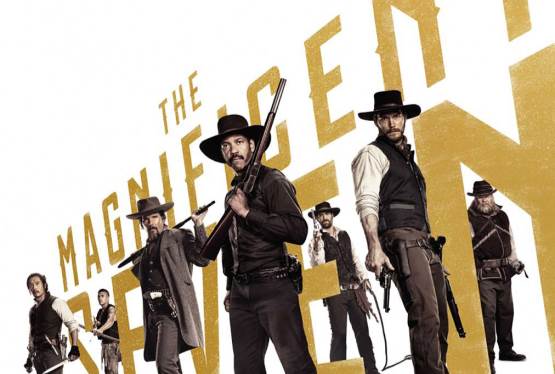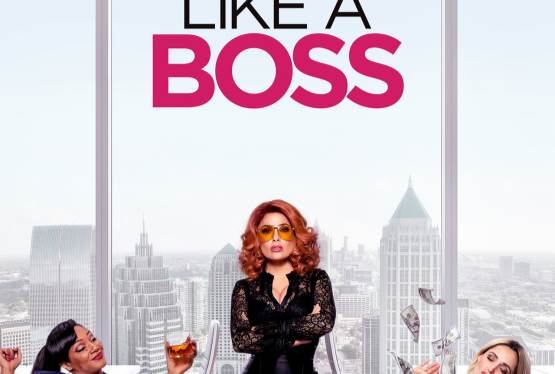
Before I discuss that however, it is important to bring things into perspective. Cinema has been, for the longest time, using the gold standard of 24fps. Some of the "cinema" look is due to that frame rate. But television came into being, and in the NTSC counties, you are watching 29.97fps when you watch TV. So TV also had a different kind of "look" when compared to films displayed on the big screen. Fast forward to the almost present time, and portable camcorders come onto the market. The analog models shot on videotape using the NTSC (or PAL) standard, but digital changed everything. Unlike analog which could shoot in theory without interruption, digital was back in some ways to the film era- where each moment in time needed to expose the digital sensor then turn off. Early digital camera were limited to 15fps, mainly because of the processing needed to actually create the video, but it wasn't that long before 60fps and higher camcorders hit the market. Now these camcorders also had a different look, mainly because to most users it just looked like…home video. Granted that was the purpose of these camcorders, but as the models progressed, the makers started putting 24fps modes in them - to match the "look" of cinema. But is this look really better than the higher frame rates? Or are people's perception that higher frame rates = more amateurish looks?
In reality, if all things were equal - a higher frame rate would mean smoother video with no artifacts or blurring from motion. But things aren't equal - the consumer camcorders use smaller digital sensors, which will produce lower image quality, and the smaller the sensor the faster the digital processing can be, allowing for the higher frame rates. In order to get a larger sensor camera with better lenses AND a high frame rate you have to spend a lot of money. And that is why you haven't seen it being used before - for the last decade Hollywood has been transitioning from film to digital - at first you could tell when a digital camera was being used but now not as much, considering that most films are now shot on digital. The early digital films were processed onto film for distribution, and now films are being distributed and displayed digitally. This brings us back to HFR.
I'm not going to deny it - HFR does look different. In fact early on in the movie I thought I was going to hate it - it looked like I was watching a slow motion video speeded up just a little past regular speed. But as the movie progressed, I noticed that it allowed for more details to be visible while the camera was sweeping - things that would normally be missed because the camera would skip it at 24fps. The Battle of the Misty Mountains proves this point - how many times do you have an epic battle scene and it's impossible to keep track of everything going on? Well, it's mainly because you couldn't have the epic sweeps of the scene and keep almost everything in focus - unless you are using HFR. I don't think that scene would have been possible if it had not been for that. By that time in the movie, the different look had worn off and my eyes had adjusted to it. While I'm sure that eventually we'll see 60fps (or maybe even higher), the 48fps is near perfection in terms of quality you will get in a movie. It's unfortunate that current technology for displaying films at home hasn't caught up to that level (most digital receivers are limited to either 24 or 30 fps, even though any current 3D HDTV can show either 120 or even 240fps) because it is compelling to see how much better the HFR version will look at home compared to traditional frame rate films. I really believe that HFR made the movie better than it would have been without, and in the right hands, will make a movie better than it otherwise could be. For many movies however (like rom-coms), it won't make a difference and in fact I wouldn't expect to see any of those shot in this format until it becomes a defacto standard.
Now on top of those improvements, the HFR also made 3D shine. The clarity from the increased depth of field really helped the illusion of watching the quest wander through Middle-Earth on their way to the Lonely Mountain. Peter Jackson kept the gimmicks to a minimum, with very infrequent use of the "in your face" 3D that permeates theme park 3D shows. My viewing of The Hobbit was not without fault unfortunately. I'm not sure if it was just my seat, or the projector at my theater, but I began to notice severe crosstalk in the out-of-focus areas on the right side of the screen (with some chromatic aberration as well). One scene that was a zoom in on Bilbo as they trekked through the outside of the mountain was exceptionally bad as the crosstalk made it closer to the center of the screen rather than staying on the extreme right side. If I get the opportunity I will have to watch The Hobbit again, this time at a different theater to see if it was either the seat or the theater, but maybe someone out there noticed it as well.
-- Roger Longenbach



